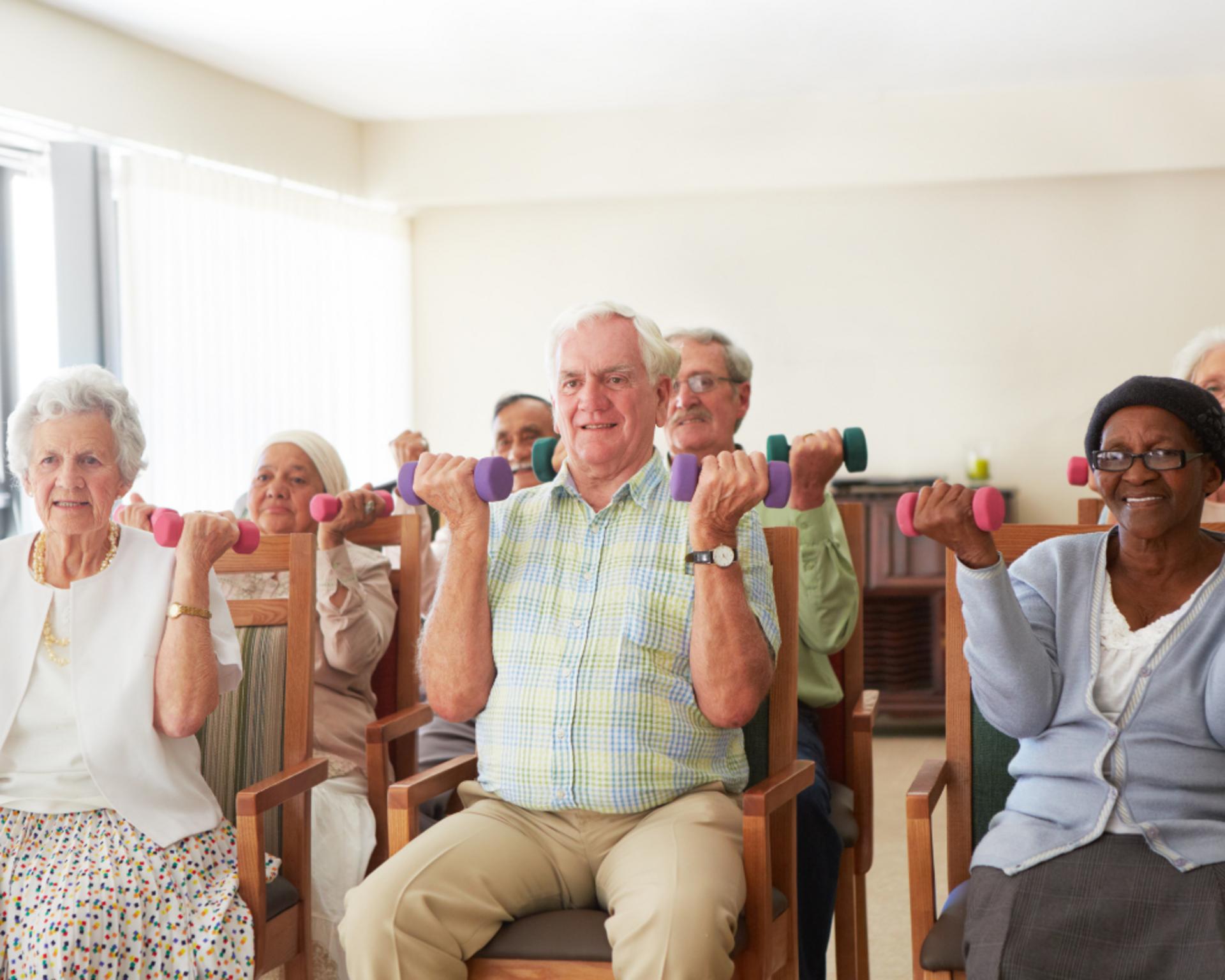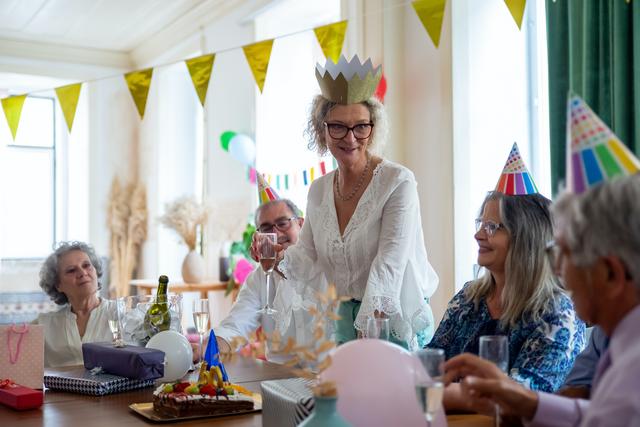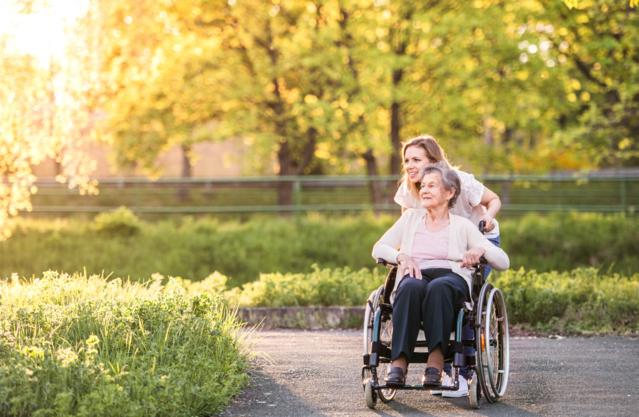Assisted Living•Health and Care Needs
The Importance of Personalized Care Plans in Senior Living
Assisted Living•Health and Care Needs
The Importance of Personalized Care Plans in Senior Living
Choosing a senior living community is a deeply personal decision. Each older adult brings a unique story, lifestyle, and set of needs to the table—and one-size-fits-all care simply doesn’t work. That’s where personalized care plans come in. These tailored approaches ensure that every individual receives the specific support, attention, and respect they deserve.
At Purple Door Finders, we believe that personalized care is the foundation of quality senior living. Our Senior Living Counselors advocate for care plans that honor each resident’s background, preferences, and evolving health requirements. This blog explores why personalized care matters and how to ensure it’s a priority when choosing a senior living community.
What Is a Personalized Care Plan?
A personalized care plan is a structured but adaptable document developed for each resident in a senior living environment. It outlines:
- Medical needs (e.g., medication schedules, chronic conditions)
- Physical support requirements (e.g., help with bathing, dressing, mobility)
- Nutritional preferences and restrictions
- Mental and emotional health needs
- Personal routines and lifestyle preferences
- Social and recreational interests
This plan is created collaboratively by healthcare providers, caregivers, the resident, and their family. It is reviewed regularly and updated to reflect any changes in condition or preferences.
Why Personalization Matters in Senior Care
Every older adult deserves to feel seen, heard, and valued. Here’s how individualized care enhances the senior living experience:
1. Better Health Outcomes
Care plans that are tailored to a resident’s specific medical conditions and treatment preferences lead to better health management, fewer hospitalizations, and improved quality of life.
2. Increased Safety
Personalized plans consider mobility limitations, cognitive changes, and medication interactions—helping to prevent falls, confusion, and other avoidable incidents.
3. Improved Mental and Emotional Well-Being
Respecting a resident’s routines and preferences can reduce anxiety, depression, and feelings of loss or displacement. Familiarity breeds comfort.
4. Meaningful Engagement
When a resident’s interests and hobbies are known, staff can plan activities that truly engage and uplift them—from gardening and painting to book clubs and movie nights.
5. Family Peace of Mind
Loved ones feel reassured knowing that care is tailored to meet their family member’s unique needs and preferences.
How Care Plans Are Developed
Creating a personalized care plan usually involves the following steps:
- Initial Assessment: The senior and their family meet with healthcare professionals to evaluate medical history, current conditions, mobility, cognitive function, and emotional health.
- Lifestyle and Preference Interview: Staff ask about daily routines, social interests, dietary restrictions, religious/spiritual needs, and more.
- Goal Setting: The resident and family help set goals (e.g., maintaining independence, staying socially active, managing chronic illness).
- Team Collaboration: Caregivers, nurses, therapists, and other staff coordinate to build an integrated care strategy.
- Ongoing Review and Adjustments: As health or preferences change, the plan is revisited and revised.
What to Look for in a Community’s Approach to Personalized Care
Not all communities approach personalization the same way. When evaluating senior living options, ask:
- How is the care plan created, and who is involved?
- How often is the plan reviewed and updated?
- How are staff trained to implement and adapt the plan?
- How do they incorporate resident preferences into daily life?
- What systems are in place to communicate updates with families?
Facilities that prioritize personalized care should have clear answers and examples.
How Purple Door Finders Advocates for Personalized Care
At Purple Door Finders, our Senior Living Counselors are committed to helping families find communities that don’t just meet basic needs but celebrate individuality.
Here’s how we support that goal:
- Education First: We teach families what personalized care plans should include, and how to identify quality.
- Empowering Your Search: Our platform allows you to filter and compare communities that offer customizable care and lifestyle options.
- Listening to You: We take time to understand your loved one’s personality, preferences, and goals—then give you guidance on what types of care and community may be best for you
- Referrals to High-Quality Local Agents: If you want hands-on support, we connect you with trusted local professionals who know which communities truly deliver on individualized care.
We don’t make decisions for you or push you toward specific providers. Our role is to guide and support, so you feel confident every step of the way.
Final Thoughts
In the world of senior living, details matter. A personalized care plan is more than a document—it’s a commitment to dignity, respect, and a higher standard of living. By advocating for your loved one’s individuality and choosing a community that shares that value, you help ensure a vibrant, safe, and fulfilling life.
If you're beginning your senior living search or looking to reassess an existing care plan, let Purple Door Finders be your guide. Together, we can find a place where your loved one is truly known, cared for, and celebrated.
FAQ
Can a spouse live in assisted living?
Yes, most communities encourage couples to remain living together. This scenario is typically called a "second person." You may find that many communities charge a second-person fee for two people to reside in the same apartment. This fee is to offset the community's additional costs for accommodating a second person. Examples are extra meals, housekeeping, energy & utility usage, etc.
What does assisted living provide?
Assisted living provides a housing situation to help residents maintain their independence while receiving some assistance with the "Activities of Daily Living." Specifically, meal preparation, eating, toileting, bathing or showering, transferring from bed to chair, medication management, personal hygiene, and dressing. In addition, an assisted living community typically offers social and physical activities and transportation.
What does a nurse in an assisted living facility assess?
Nursing assessments are done when a resident moves into an assisted living community, and re-assessments are made regularly or if there is a need for a change in care. The purpose of the assessment is to put together a care service plan.



